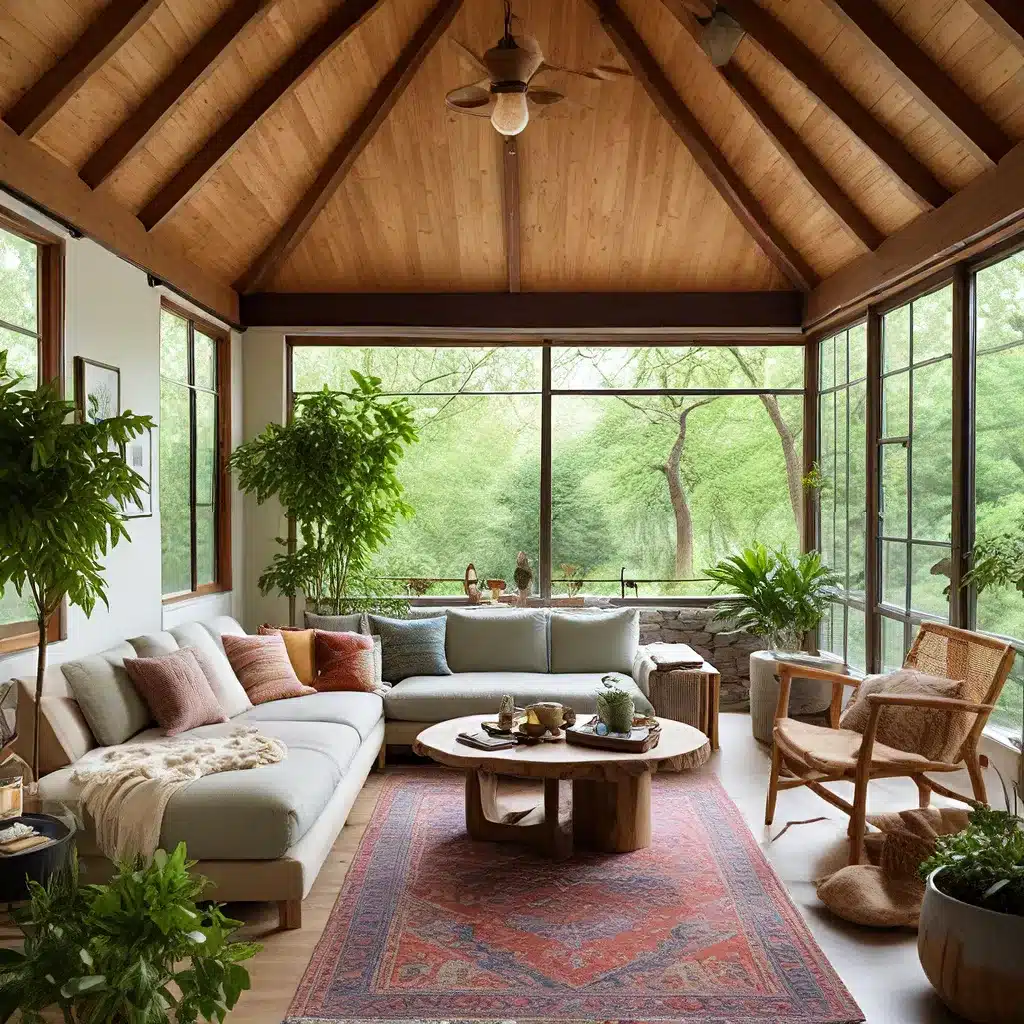
In a world where our homes have become increasingly important as personal sanctuaries, the demand for interior design that prioritizes comfort, sustainability, and emotional well-being has never been higher. As homeowners and design enthusiasts seek to create mindful and eco-friendly spaces that foster a sense of tranquility and rejuvenation, the concept of “conscious comfort” has emerged as a guiding principle in the realm of modern interior design.
Embracing Sustainable Solutions for a Greener Home
One of the cornerstones of conscious comfort is the incorporation of sustainable design practices. Homeowners are now more conscious than ever about the environmental impact of their design choices, leading to a surge in the popularity of eco-friendly materials, energy-efficient systems, and thoughtful space planning.
Natural Materials and Textures
Embracing natural materials such as wood, stone, and natural fibers can create a warm and inviting atmosphere while reducing the carbon footprint of a home. These materials not only contribute to a more sustainable design approach but also evoke a sense of connection to nature, which is crucial for fostering a tranquil and rejuvenating environment.
Energy-Efficient Lighting and Appliances
Integrating energy-efficient lighting solutions, such as LED bulbs and smart home technology, can significantly reduce a home’s energy consumption and carbon emissions. Similarly, Energy Star-rated appliances and efficient HVAC systems can enhance the eco-friendly credentials of a living space while ensuring optimal comfort and cost-savings for homeowners.
Mindful Material Selection
Beyond just natural materials, conscious consumers are also paying closer attention to the origin and production methods of the products they choose for their homes. This has led to a growing demand for ethically sourced and locally produced furnishings, textiles, and decor items, further amplifying the sustainable and mindful approach to interior design.
Designing for Comfort and Calm
While sustainability is a crucial aspect of conscious comfort, the ultimate goal is to create living spaces that promote a sense of relaxation, rejuvenation, and emotional well-being. This involves a thoughtful approach to space planning, lighting design, and the strategic use of texture and color.
Prioritizing Ergonomics and Functionality
Comfort is not merely about aesthetics; it’s also about ergonomics and ensuring that every element of the design caters to the physical and emotional needs of the occupants. This might involve the selection of plush seating, adjustable workstations, and storage solutions that optimize the flow and functionality of a space.
Cultivating a Peaceful Ambiance
The design of a calming retreat should focus on creating an environment that encourages mindfulness and stress relief. This can be achieved through the strategic use of soothing color palettes, natural lighting, and calming textures that evoke a sense of serenity and tranquility.
Personalized Touches for a Unique Retreat
While following design trends can be tempting, the most successful conscious comfort spaces are those that reflect the unique personalities and preferences of their inhabitants. Incorporating personalized decor, meaningful artwork, and custom-designed elements can transform a space into a truly bespoke and cherished retreat.
Striking a Balance: Combining Luxury and Sustainability
In the pursuit of conscious comfort, homeowners and design enthusiasts often seek to strike a balance between luxury and sustainability. This can be achieved through the careful selection of high-quality, long-lasting materials and furnishings that not only contribute to the overall aesthetic appeal of a space but also align with eco-friendly principles.
Timeless Luxury with a Sustainable Twist
By opting for timeless and versatile design pieces, homeowners can create a luxurious and sophisticated living environment while minimizing the need for frequent replacements or updates. This approach not only reduces waste but also ensures that the conscious comfort of the space is maintained over time.
Embracing the Beauty of Imperfection
In a departure from the pursuit of flawless perfection, many conscious consumers are embracing the beauty of imperfection and the authenticity it brings to their living spaces. This can be seen in the growing popularity of artisanal and handcrafted furnishings, as well as the embrace of natural and vintage elements that add depth and character to a room.
Conclusion: Cultivating a Mindful Oasis
As the desire for conscious comfort continues to shape the interior design landscape, homeowners and design enthusiasts are increasingly recognizing the transformative power of creating living spaces that prioritize sustainability, functionality, and emotional well-being. By embracing eco-friendly design solutions, prioritizing comfort and relaxation, and infusing personalized touches, individuals can cultivate mindful oases that serve as sanctuaries for the mind, body, and soul.

